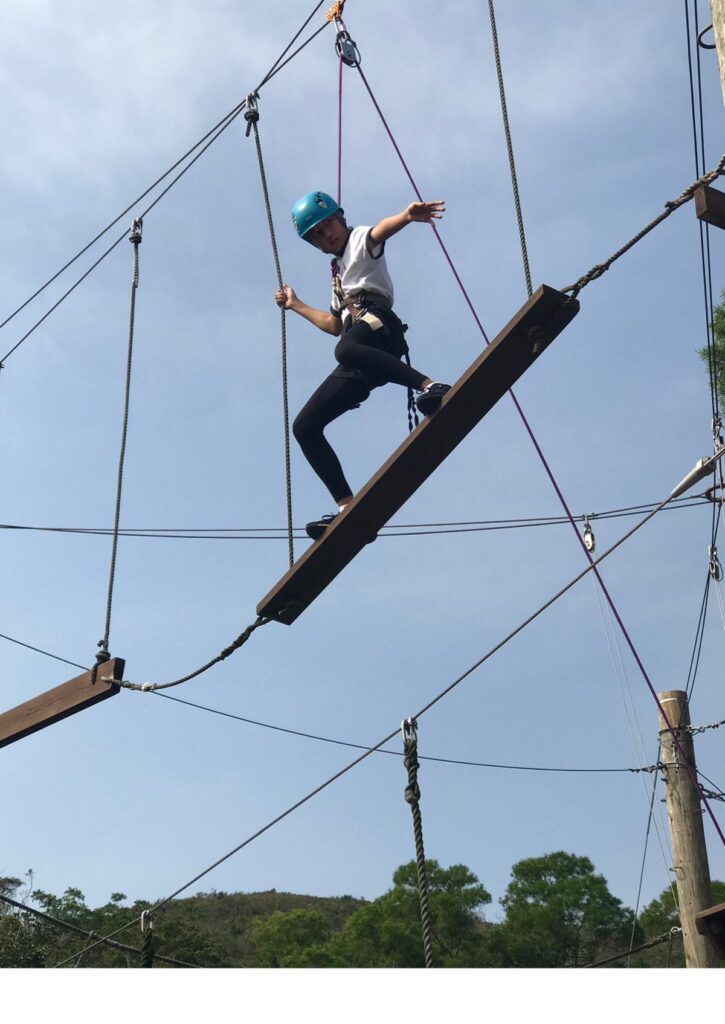A SAFE SCOUTING EXPERIENCE
Scouts Canada and the 1st Hong Kong Canadian Scout Group place great importance on creating a fun and safe environment for our members. By embedding safety in everything we do, we create a culture of safety supported by comprehensive policies, resources and guidelines for all Scouting activities. Scouters are required to report incidents to the Scout Council which helps us make our activities safer and identifies areas of concern.

YOUTH SAFETY
We follow Scouts Canada’s comprehensive policies and procedures to ensure the safety of youth:
Adults appointed to positions of authority with youth undergo a vetting process which includes; application forms, interviews, police record checks (including vulnerable sector searches), references and youth protection training with Respect in Sport.
When youth take on positions of responsibility in Scouting we have a similar vetting arrangements and the same training.
This process is designed to ensure that Scouters are suitable to occupy a position of trust, and to support this we have a detailed code of conduct as well as our Two Scouter rule which requires for two registered Scouters to be with youth at all times.
SAFE ACTIVITIES
All of Scouts Canada’s volunteers are trained to conduct risk and hazard reviews to ensure youth activities are as safe as possible.
Activities such as camps and outings require approval from a Group Commissioner and for some, parents are asked to sign a consent form. You can read more about this in our Camping and Outdoor Adventures Standards.
All of our activities have a minimum ratio of Scouters to youth, this is usually 1 Scouter to 8 youth, although it may change depending on the nature of the activities, for example; the risk assessment for a hike with Beaver Scouts may determine that the ratio should be 1:5.
As part of Scout Canada’s youth-led program, youth are involved in planning activities and undertaking risk assessments. We believe in youth leadership and helping youth learn how to be safe.
While a Scouter will always be responsible for risk assessments, youth engagement helps us run safer activities; an example of this might be; Cub Scouts identifying hazards on a hill before tobogganing or Scouts preparing for a hike by learning how to check the weather conditions.

STAY SAFE SERIES FOR YOUTH
1st Hong Kong Canadian Scout Group
Sponser:

Member of:

Copyright 1st Hong Kong Canadian Scout Group. | Powered By IT Duck Tech.



